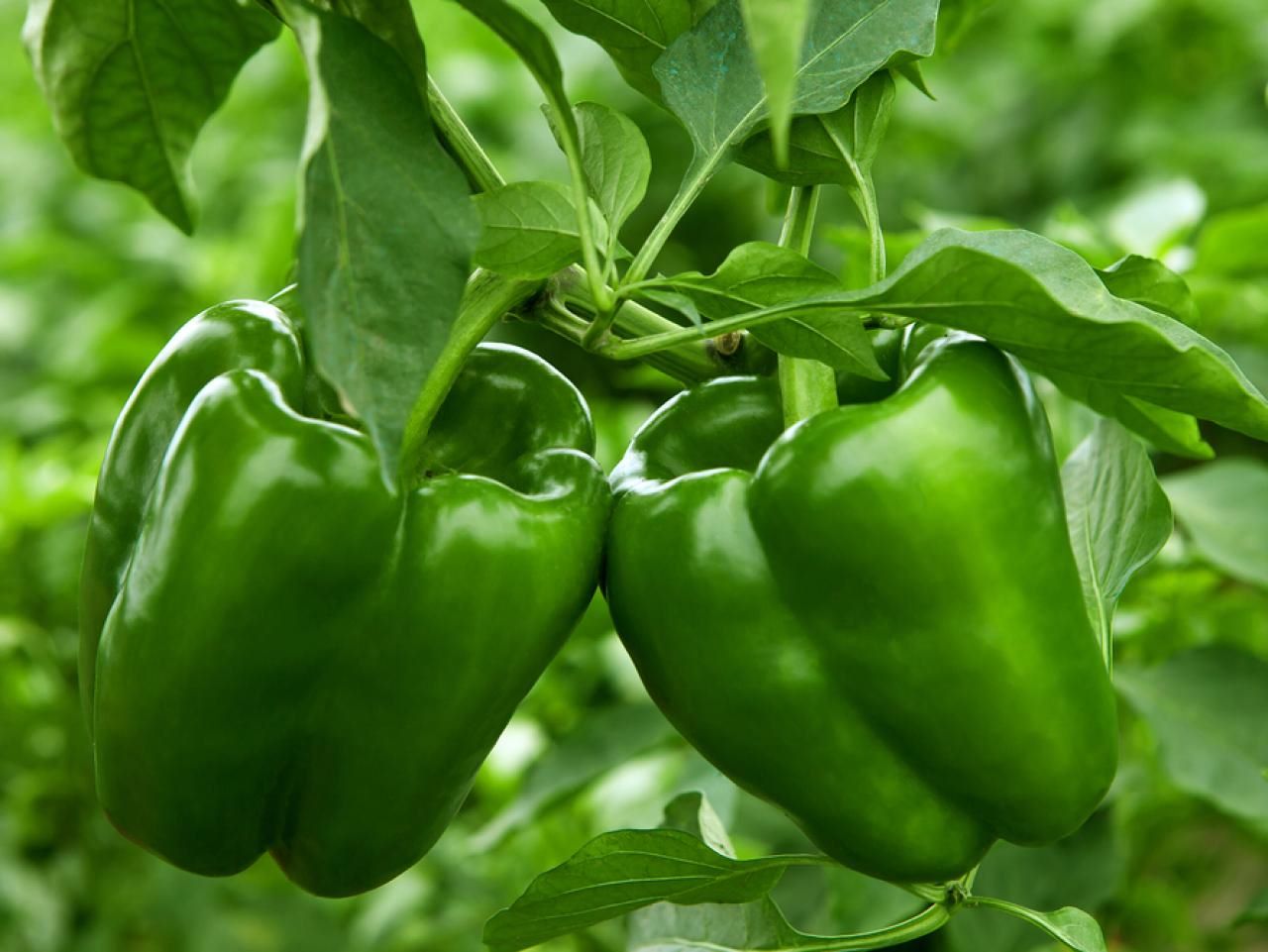

Articles
How To Store Green Peppers From The Garden
Modified: August 17, 2024
Learn how to store green peppers from the garden with these helpful articles. Keep your peppers fresh and flavorful all year round.
(Many of the links in this article redirect to a specific reviewed product. Your purchase of these products through affiliate links helps to generate commission for Storables.com, at no extra cost. Learn more)
Introduction
Growing your own vegetables is a rewarding experience, and green peppers are a popular choice for many gardeners. These vibrant and delicious vegetables not only add flavor and color to our meals but also provide essential nutrients. However, when your garden produces an abundance of green peppers, you may find yourself wondering how to store them properly to maintain their freshness and taste.
In this article, we will guide you through the process of storing green peppers from your garden. Whether you’re looking to freeze, refrigerate, dry, or pickle your peppers, we have you covered. By following these steps, you can enjoy the taste of your homegrown green peppers all year round.
Before we dive into the various storage methods, it’s important to mention that the quality of the peppers you harvest will affect how well they store. Be sure to pick green peppers that are firm, unbruised, and free from any signs of decay. The fresher the peppers, the longer they will last in storage.
Now, let’s get started and discover the best ways to store green peppers from your garden!
Key Takeaways:
- Enjoy garden-fresh green peppers year-round by freezing, refrigerating, drying, or pickling them. Each method preserves flavor and nutrients, ensuring a burst of homegrown goodness in every dish.
- Harvest, clean, and store green peppers properly to maintain their freshness. Whether frozen, refrigerated, dried, or pickled, your homegrown peppers will add vibrant flavor to your meals anytime.
Read more: How To Store Green Peppers Long Term
Step 1: Harvesting Green Peppers
The first step in storing green peppers from your garden is to properly harvest them. Timing is crucial when it comes to harvesting peppers. You’ll want to wait until the peppers reach their desired size and color, which is typically when they are green and firm.
Here are some tips for harvesting green peppers:
- Use a sharp knife or pruners to cut the stems about an inch above the pepper.
- Avoid pulling or twisting the peppers off the plant, as this can cause damage.
- Harvest peppers that are fully mature but still green, as they will have the best flavor.
- Check your plants regularly and harvest peppers as they reach the desired size, rather than letting them stay on the plant for too long.
Remember, green peppers can continue to ripen if left on the plant for too long, turning yellow, orange, or red. If you prefer to store green peppers, it’s best to harvest them before they reach this stage.
Once you have harvested your green peppers, it’s time to move on to the next step: cleaning and preparing them for storage.
Step 2: Cleaning and Preparing Green Peppers for Storage
After harvesting your green peppers, it’s important to clean and prepare them properly before storing. This helps remove any dirt, pesticides, or bacteria that may be present on the surface of the peppers.
Follow these steps to clean and prepare your green peppers:
- Wash the peppers: Start by rinsing the peppers under cool running water to remove any dirt or debris. Gently rub the surface to ensure thorough cleaning.
- Remove the stem and seeds: Using a sharp knife, cut off the stem of each pepper. Then, slice the pepper lengthwise and carefully remove the seeds and inner white membrane. You can also scrape out the seeds using a spoon.
- Cut into desired size and shape: Depending on your preference and the storage method you choose, you can cut the green peppers into slices, dices, or leave them whole.
Once you have cleaned and prepared the green peppers, it’s time to decide on the storage method that suits your needs. In the next steps, we will explore different ways to store green peppers, including freezing, refrigerating, drying, and pickling.
Let’s move on to step three: freezing green peppers.
Step 3: Freezing Green Peppers
Freezing is one of the most popular methods for storing green peppers as it helps retain their flavor and texture for an extended period of time. Here’s how to freeze green peppers:
- Blanch the peppers: Blanching helps preserve the color, flavor, and nutrients of the peppers. Start by bringing a pot of water to a boil. Place the pepper slices or halves in the boiling water for about 2-3 minutes, then quickly transfer them to an ice bath to stop the cooking process. Drain them well.
- Flash freeze: Arrange the blanched green peppers in a single layer on a baking sheet lined with parchment paper or a silicone mat. Place the baking sheet in the freezer and allow the peppers to freeze for a couple of hours. This prevents them from sticking together during storage.
- Pack and seal: Once the peppers are frozen, transfer them into freezer-safe bags or airtight containers. Remember to label the bags or containers with the date to keep track of their freshness. Remove any excess air from the bags before sealing them tightly.
- Store in the freezer: Place the packed green peppers in the freezer and keep them at a constant temperature of 0°F (-18°C) or below. They can last for up to 9-12 months when properly stored.
When you want to use the frozen green peppers, simply take out the desired amount from the freezer and thaw them in the refrigerator or use them directly in cooked dishes without thawing.
Now that you know how to freeze green peppers, let’s explore the next storage method: storing green peppers in the refrigerator.
To store green peppers from the garden, place them in a perforated plastic bag in the crisper drawer of the refrigerator. They will stay fresh for up to 2 weeks.
Step 4: Storing Green Peppers in the Refrigerator
If you prefer to use your green peppers within a week or two, storing them in the refrigerator is an ideal option. Here’s how to store green peppers in the fridge:
- Wrap individually: Start by wrapping each green pepper individually in paper towels or placing them in perforated plastic bags. This helps absorb excess moisture and prevents the peppers from becoming soggy.
- Place in the crisper drawer: The crisper drawer of your refrigerator provides the ideal environment for storing green peppers. It helps maintain a consistent humidity level and keeps the peppers fresh for longer.
- Avoid overcrowding: Make sure not to overcrowd the drawer to allow proper air circulation. Overcrowding can cause the peppers to spoil faster.
Remember to check the green peppers regularly and discard any that show signs of spoilage, such as mold or decay. When stored correctly, green peppers can last for approximately 1-2 weeks in the refrigerator.
Now that you know how to store green peppers in the fridge, let’s explore another versatile storage method: drying green peppers.
Read more: How To Cook Green Beans From Garden
Step 5: Drying Green Peppers
Drying green peppers is a great way to preserve them for long-term storage. The drying process removes moisture from the peppers, making them shelf-stable and perfect for adding flavor to various dishes. Here’s how to dry green peppers:
- Air drying:
- Choose peppers that are fully mature but still green.
- Wash and dry the peppers thoroughly.
- Poke a hole near the stem of each pepper using a needle or skewer.
- String the peppers on a piece of string or thread, leaving space between each pepper for airflow.
- Hang the string of peppers in a well-ventilated area away from direct sunlight, such as a dry pantry or a warm room.
- Allow the peppers to air dry for several weeks until they become shriveled and brittle.
- Once fully dried, store the peppers in an airtight container in a cool, dark place. They can last for up to a year.
- Oven drying:
- Preheat your oven to the lowest temperature setting, usually around 140°F (60°C).
- Line a baking sheet with parchment paper and arrange the sliced green peppers in a single layer.
- Place the baking sheet in the oven and leave the oven door slightly ajar to allow moisture to escape.
- Dry the peppers in the oven for several hours or until they become dry and brittle.
- Once cooled, store the dried peppers in an airtight container in a cool, dark place.
Dried green peppers can be rehydrated by soaking them in warm water for about 30 minutes before use. They can be used in soups, stews, sauces, or ground into a powder to add a burst of flavor to your dishes.
Now that you’ve learned how to dry green peppers, let’s explore one more storage option: pickling green peppers.
Step 6: Pickling Green Peppers
Pickling is a fantastic way to preserve green peppers while enhancing their flavor with tangy and savory notes. Here’s how to pickle green peppers:
- Gather your ingredients:
- Green peppers: Choose firm and crisp peppers for pickling.
- Vinegar: Use vinegar with a 5% acidity level, such as white vinegar or apple cider vinegar.
- Water: Use filtered or distilled water for the pickling brine.
- Salt: Opt for non-iodized salt, like pickling or kosher salt.
- Optional seasonings: You can add various seasonings and spices to the pickling brine, such as garlic, dill, mustard seeds, or peppercorns.
- Prepare the peppers:
- Wash the peppers thoroughly and cut them into desired shapes, such as slices or halves.
- Remove the seeds and pith if desired.
- Make the pickling brine:
- In a saucepan, combine equal parts vinegar and water.
- Add salt and any optional seasonings to the mixture.
- Bring the brine to a boil, stirring until the salt dissolves completely.
- Remove the brine from the heat and let it cool slightly.
- Pickle the peppers:
- Place the prepared peppers into sterilized jars.
- Pour the warm pickling brine over the peppers, ensuring they are completely submerged.
- Close the jars tightly and let them cool to room temperature.
- Store the pickled peppers in the refrigerator for about a week before enjoying them. The flavors will develop and intensify over time.
Pickled green peppers make a delicious addition to sandwiches, salads, antipasto platters, or as a tangy topping for grilled meats. They can be enjoyed for several months when refrigerated in airtight jars.
With these simple steps, you can now confidently store your green peppers using various methods: freezing, refrigerating, drying, and pickling. Regardless of your preferred storage method, your homegrown green peppers will be ready to enhance your recipes with their vibrant flavor even when they’re out of season.
Happy storing and enjoy the flavors of your garden-fresh green peppers all year round!
Conclusion
Storing green peppers from your garden is a wonderful way to extend their lifespan and enjoy their vibrant flavor even when they’re not in season. Whether you choose to freeze, refrigerate, dry, or pickle your peppers, each method offers its own benefits and allows you to savor the taste of your homegrown produce throughout the year.
From harvesting the peppers at the right time to properly cleaning and preparing them for storage, each step plays a crucial role in ensuring the longevity and quality of your green peppers. By following the guidelines provided in this article, you can confidently store your peppers and maintain their freshness and taste.
Freezing green peppers preserves their texture and flavor, making them convenient for use in a variety of cooked dishes without compromising their taste. Refrigeration is a great option if you plan to use your peppers within a week or two, while air drying and oven drying offer a shelf-stable option that adds a concentrated burst of flavor to your recipes. Pickling green peppers not only preserves them but also enhances their taste with tangy and savory notes.
Remember to monitor your stored green peppers regularly and discard any peppers that show signs of spoilage. Proper storage conditions, such as cool temperatures, airtight containers, and adequate ventilation, are key to maintaining the quality and freshness of your peppers.
By implementing the methods described in this article, you can enjoy the delicious taste of your garden-fresh green peppers throughout the year, adding a burst of flavor and color to your culinary creations. So go ahead, store those green peppers and savor their vibrant goodness whenever you need a taste of homegrown goodness!
Frequently Asked Questions about How To Store Green Peppers From The Garden
Was this page helpful?
At Storables.com, we guarantee accurate and reliable information. Our content, validated by Expert Board Contributors, is crafted following stringent Editorial Policies. We're committed to providing you with well-researched, expert-backed insights for all your informational needs.
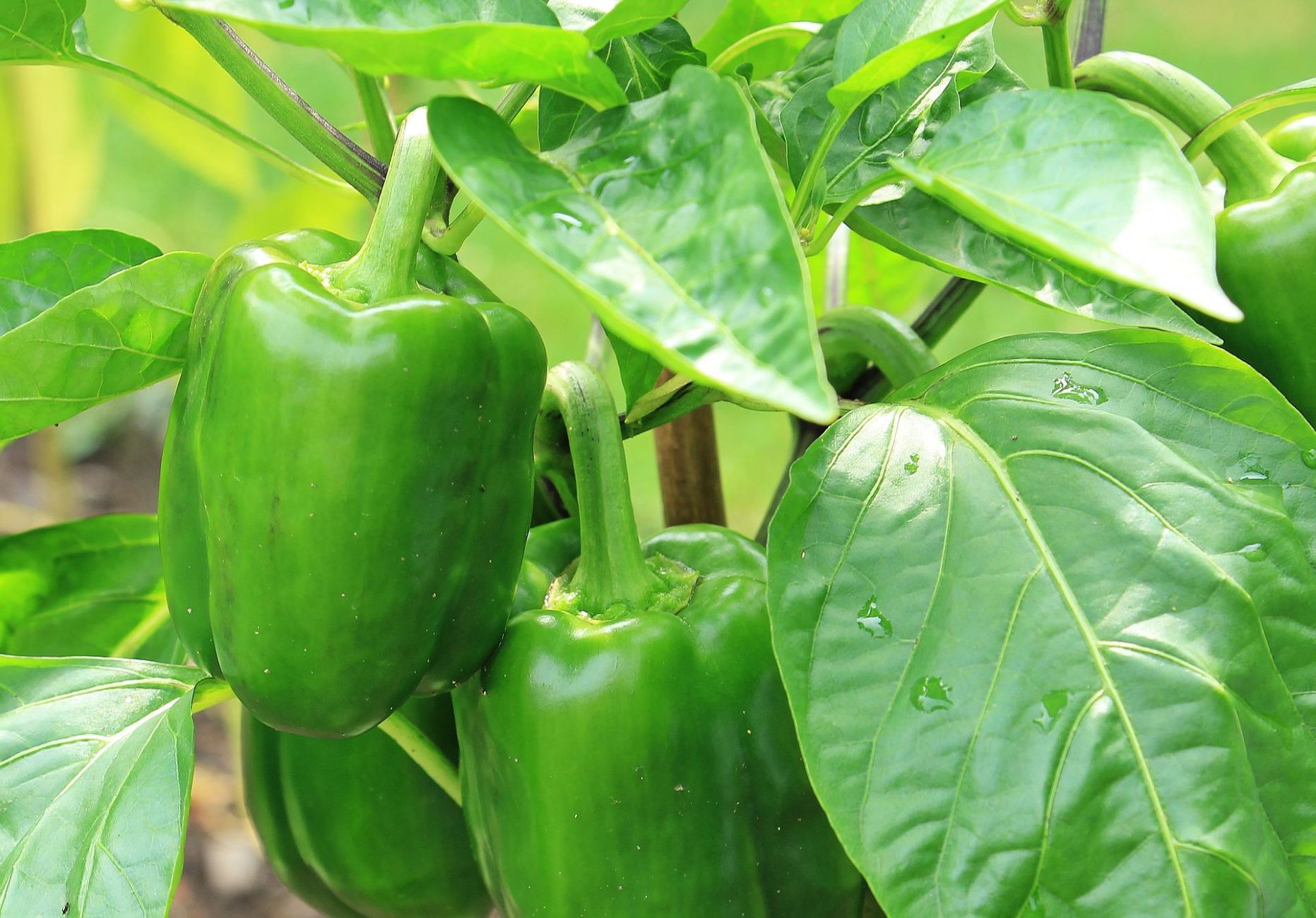
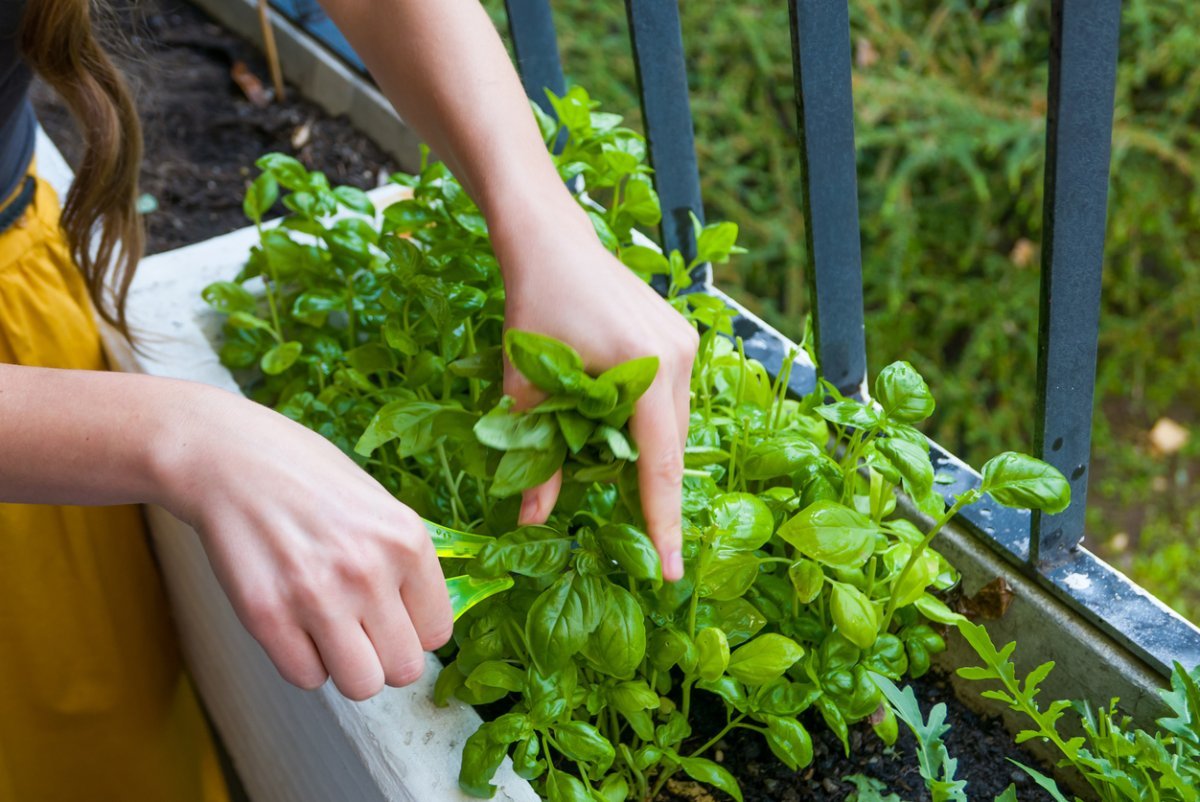
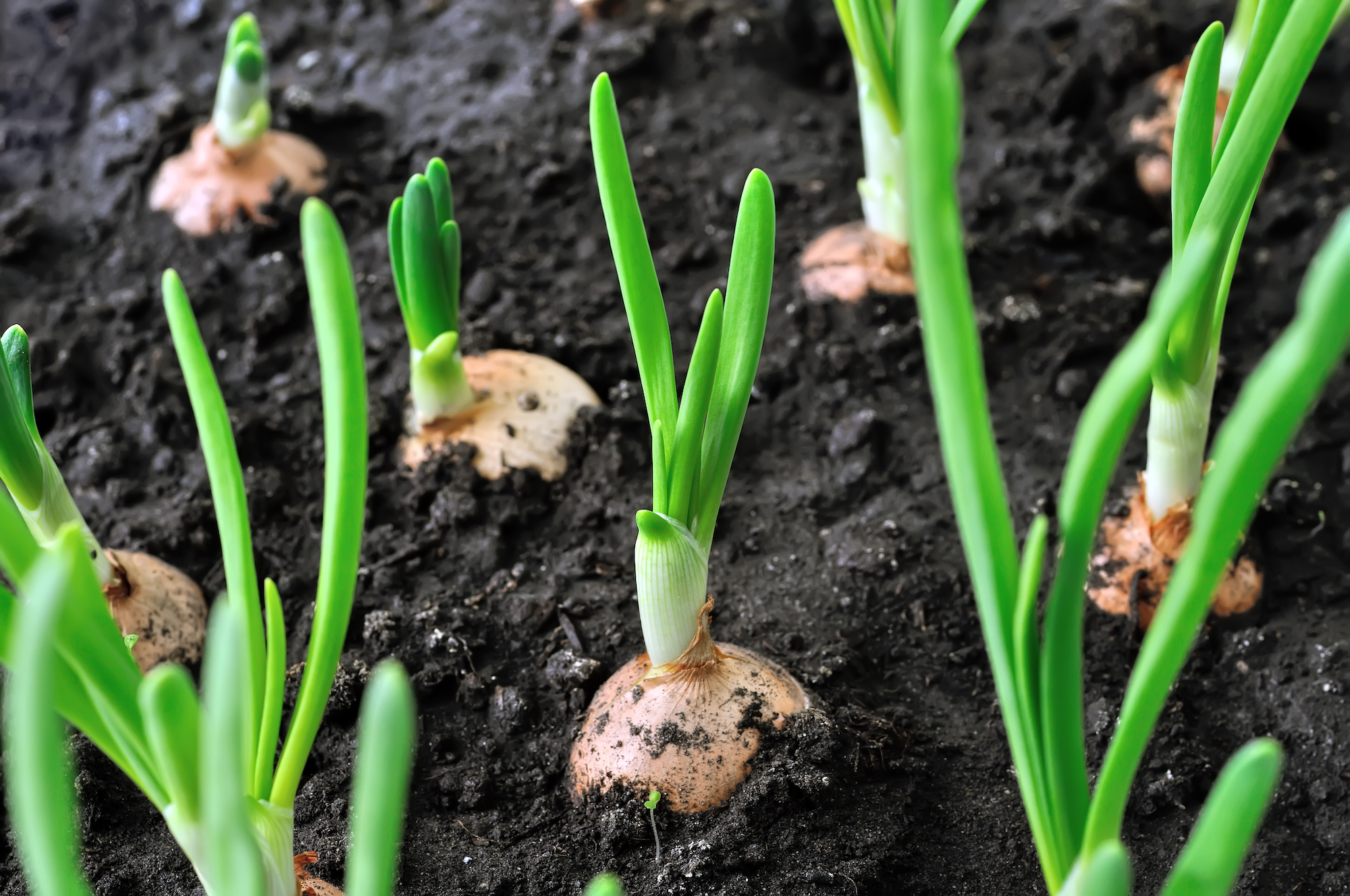
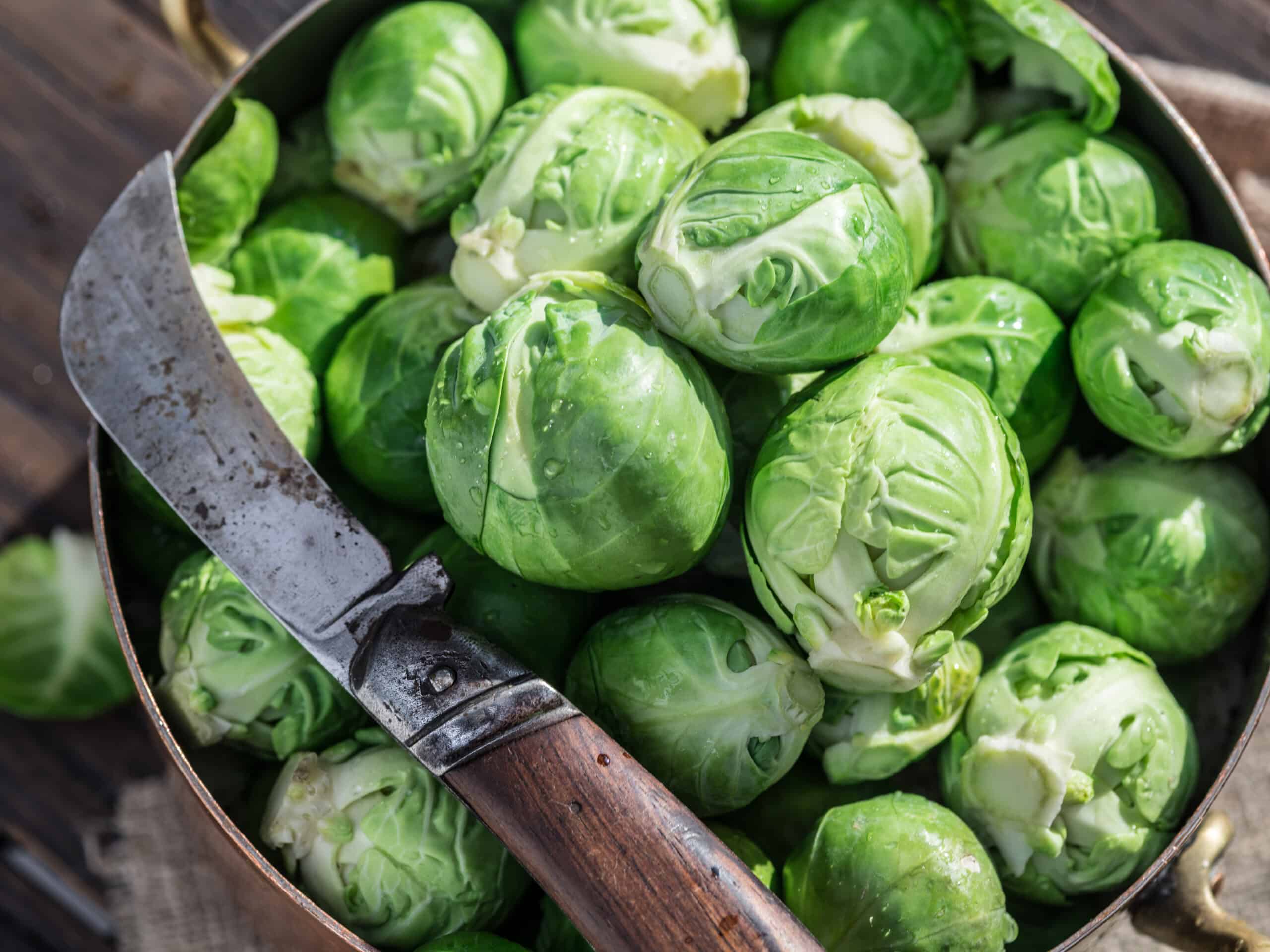
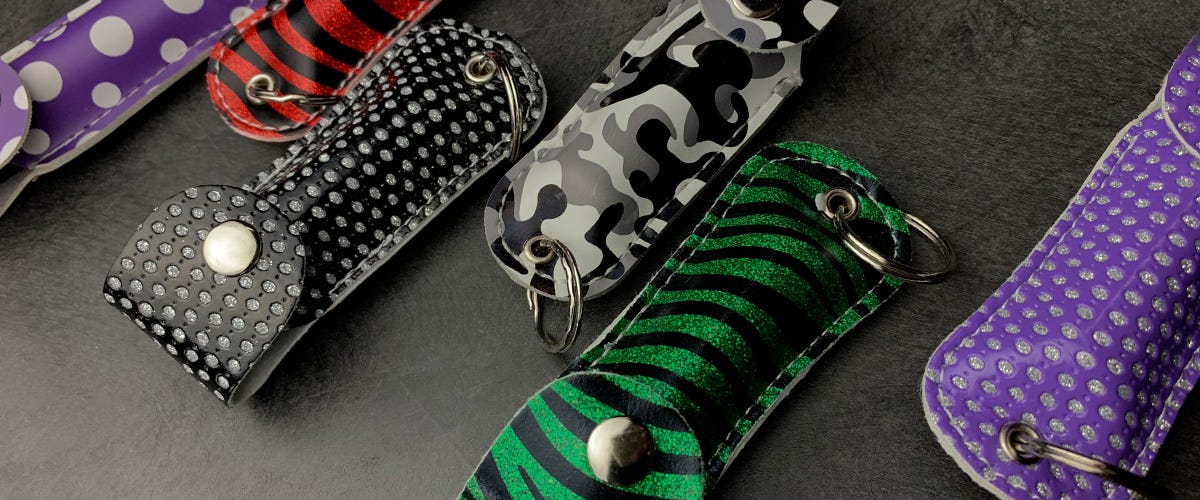
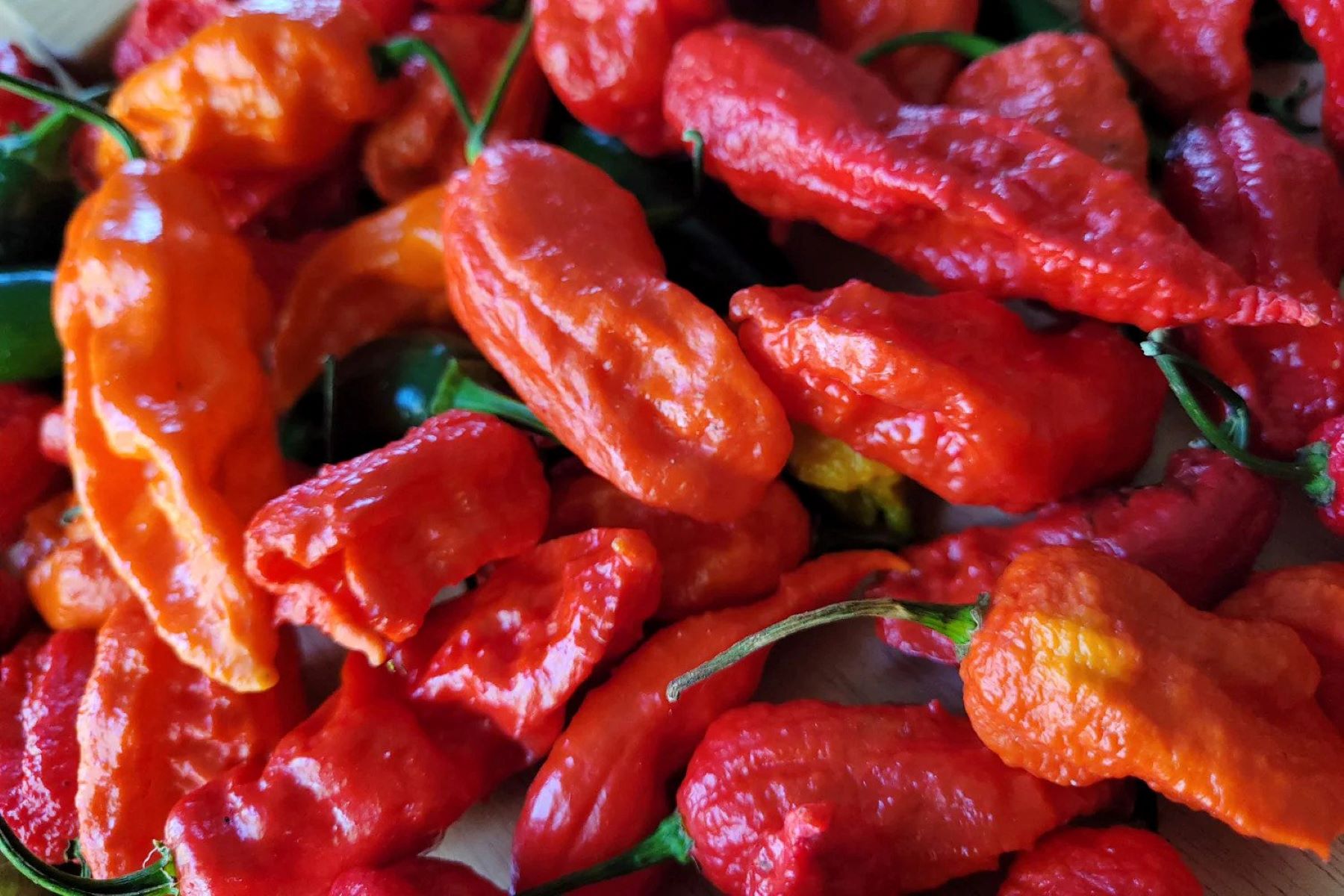
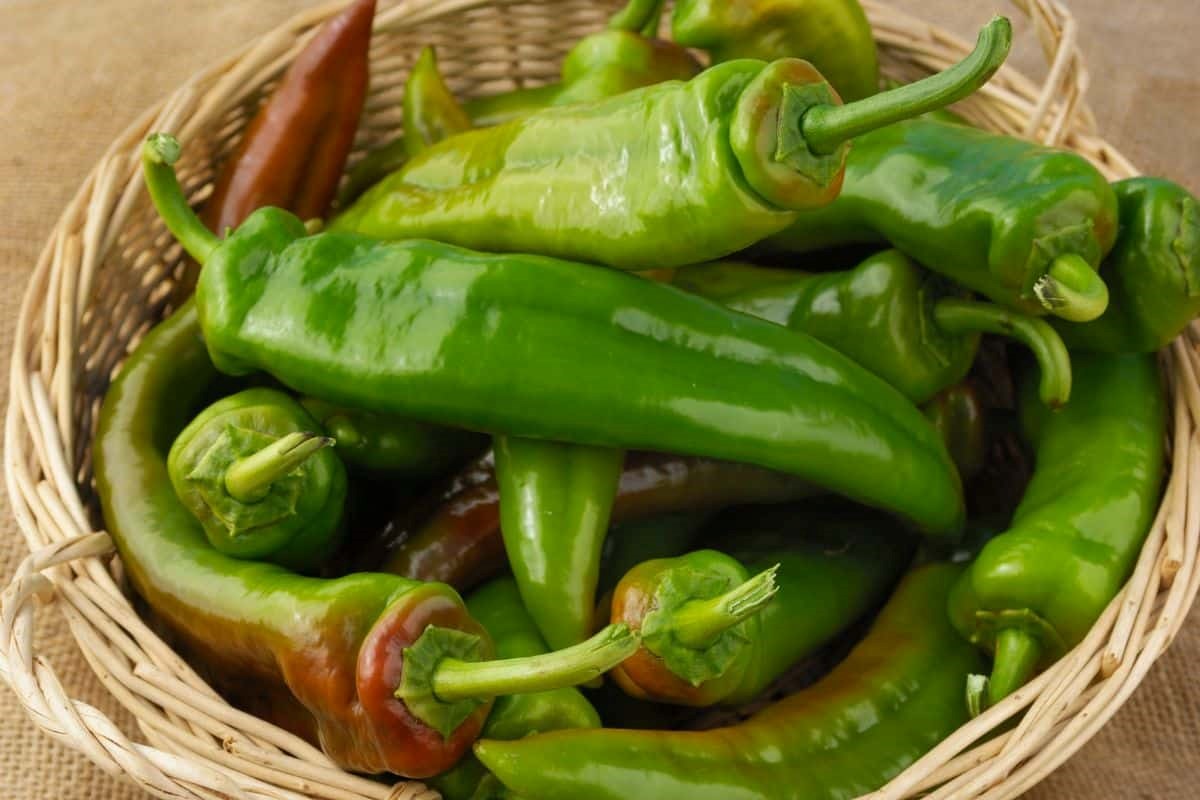
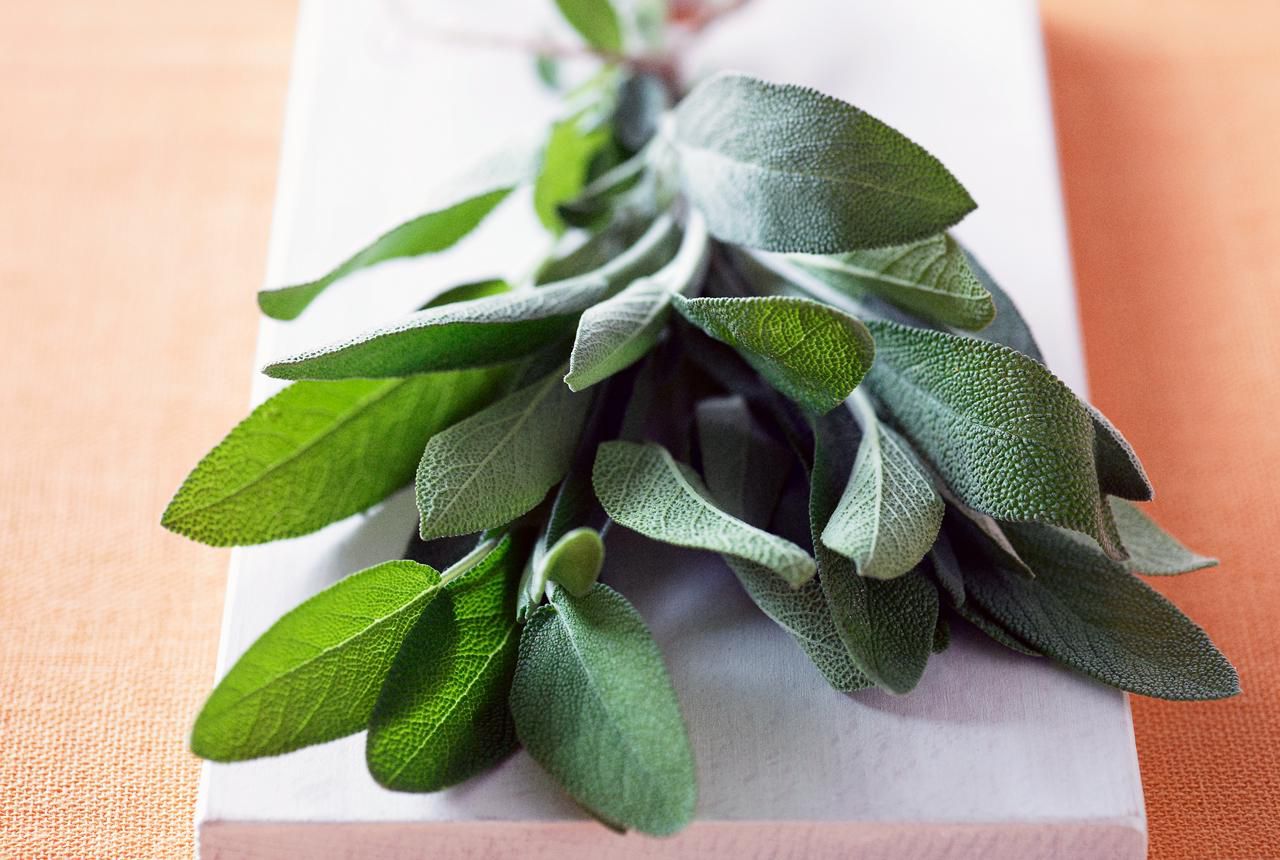
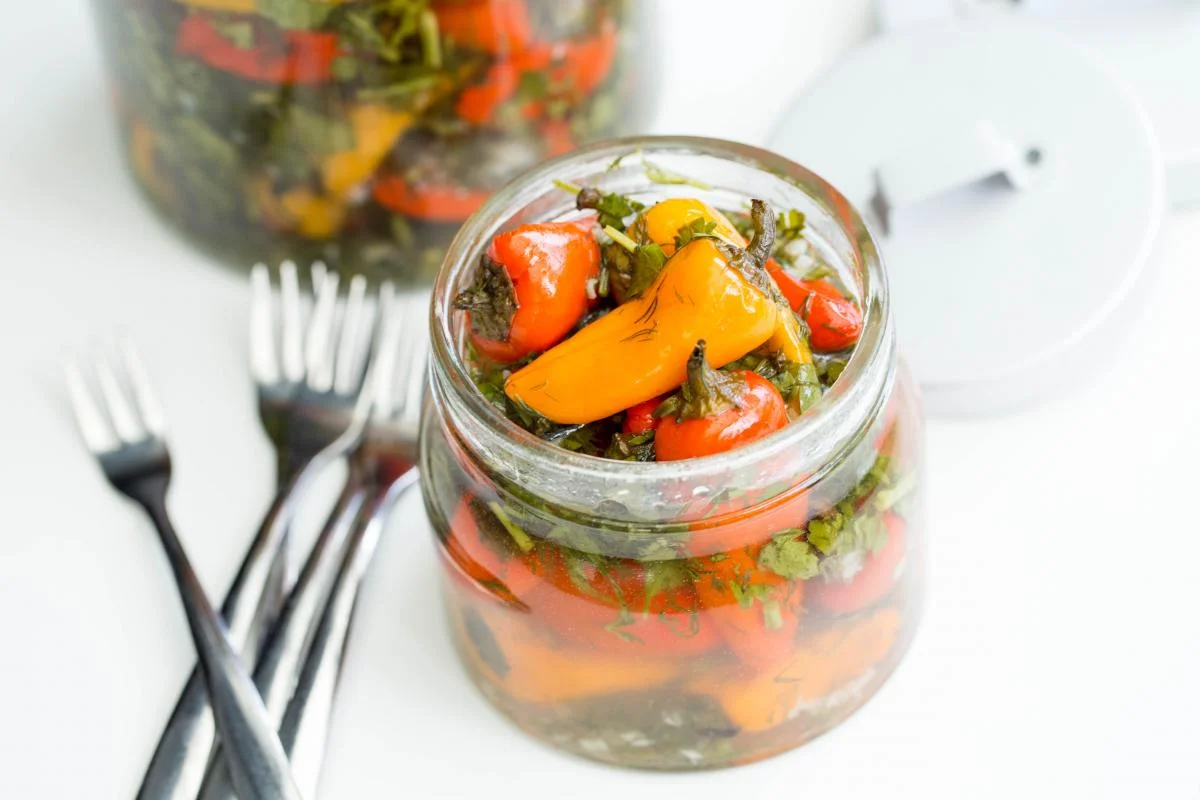

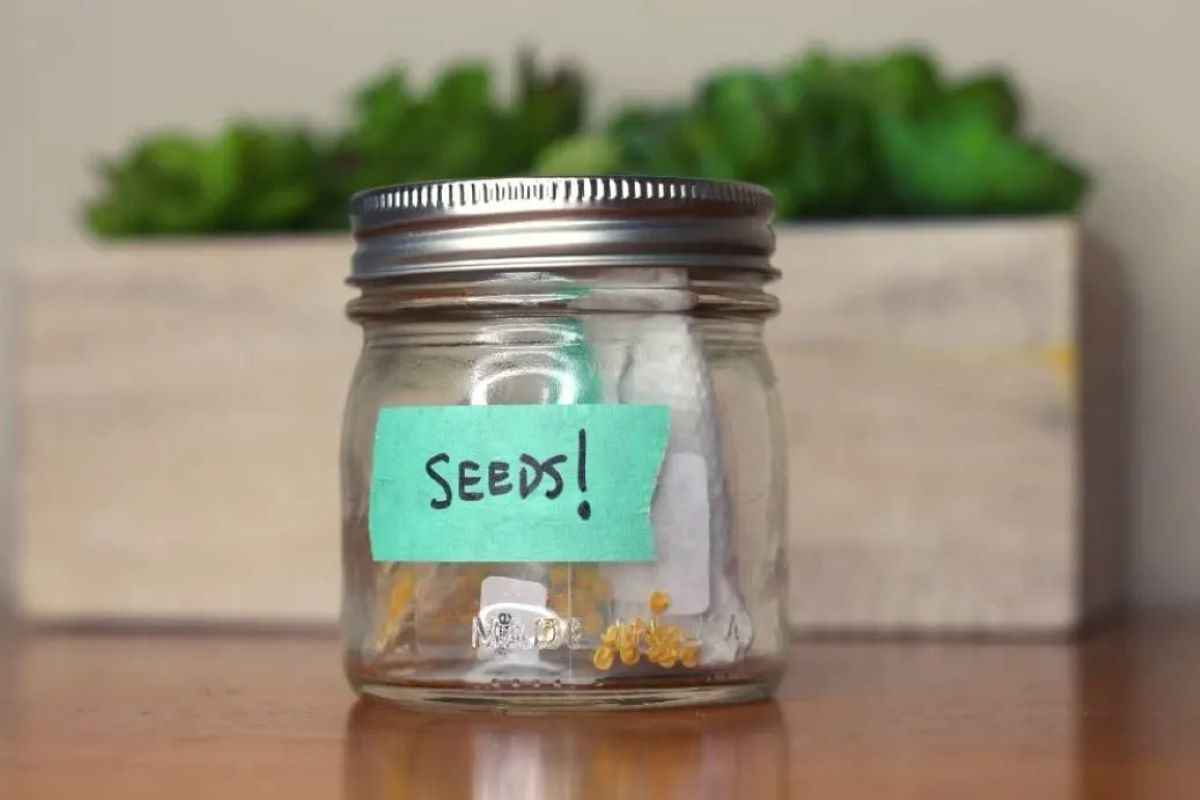
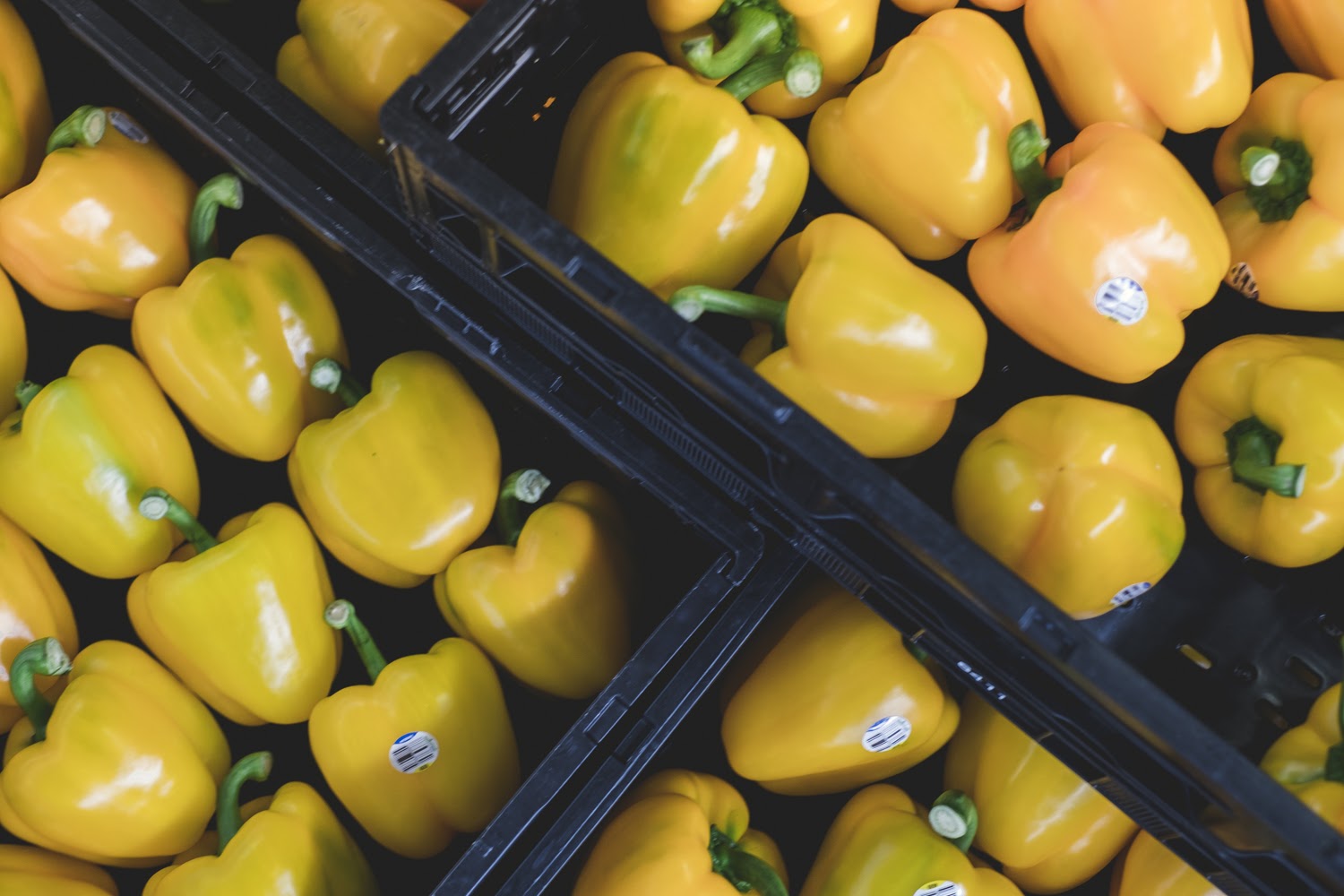
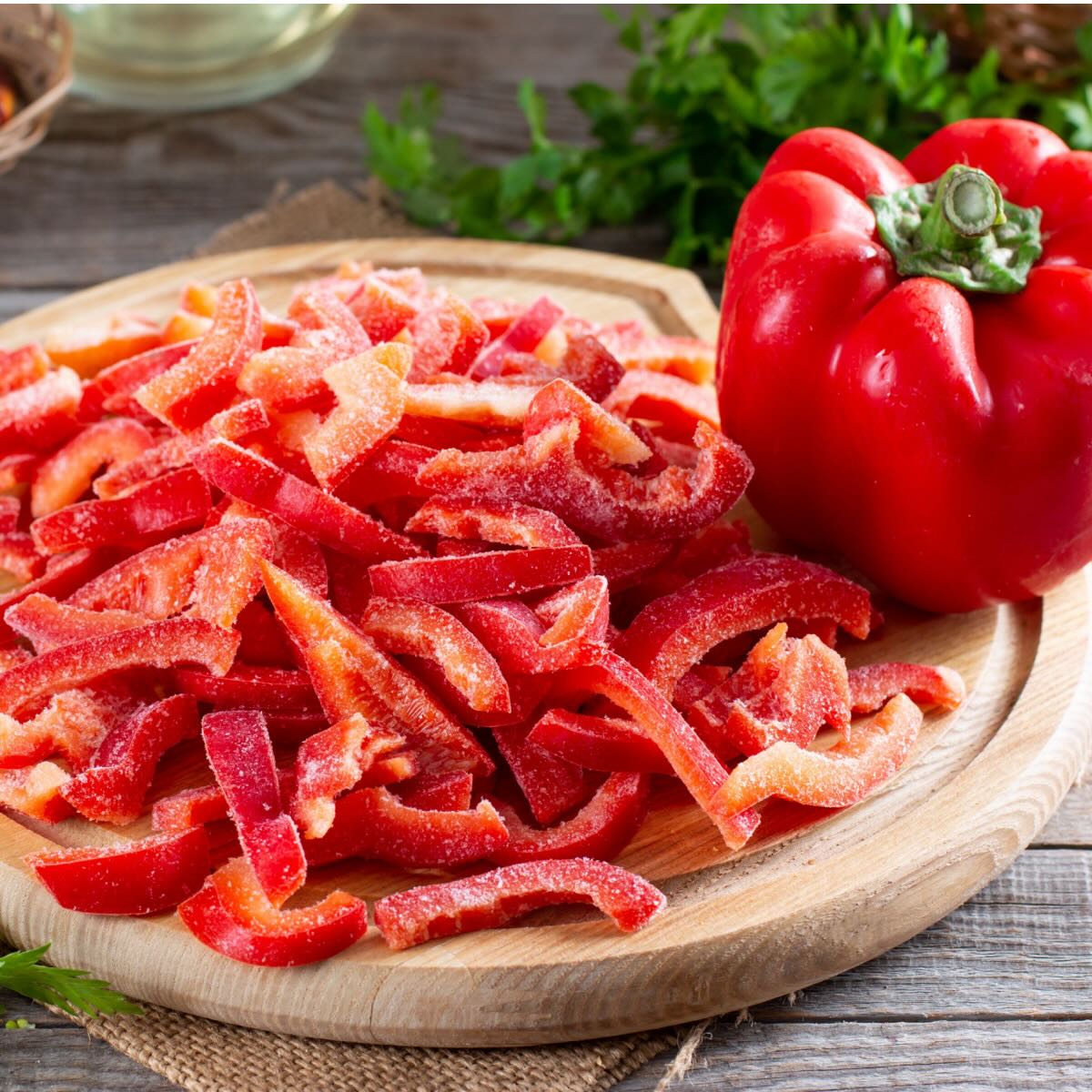
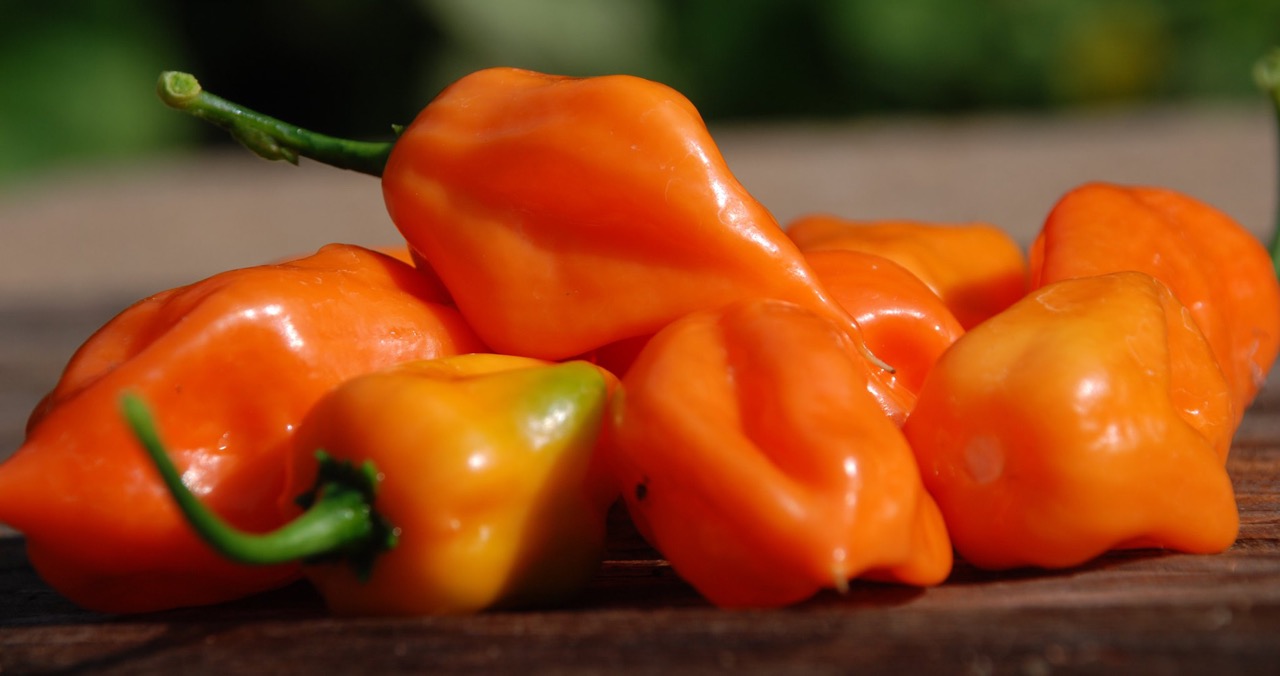

0 thoughts on “How To Store Green Peppers From The Garden”